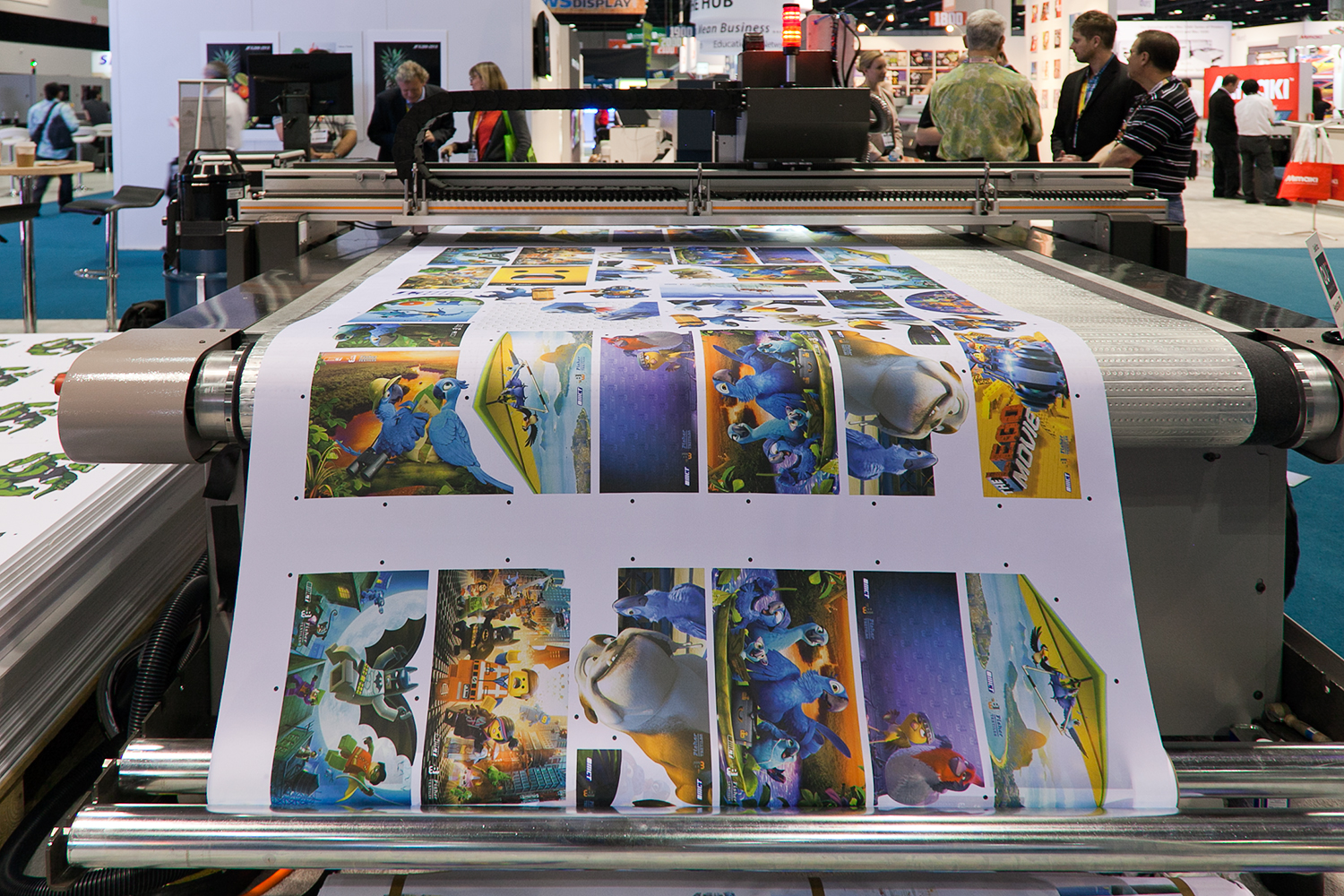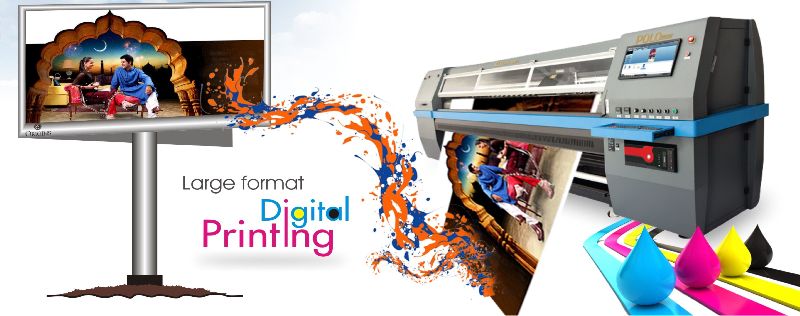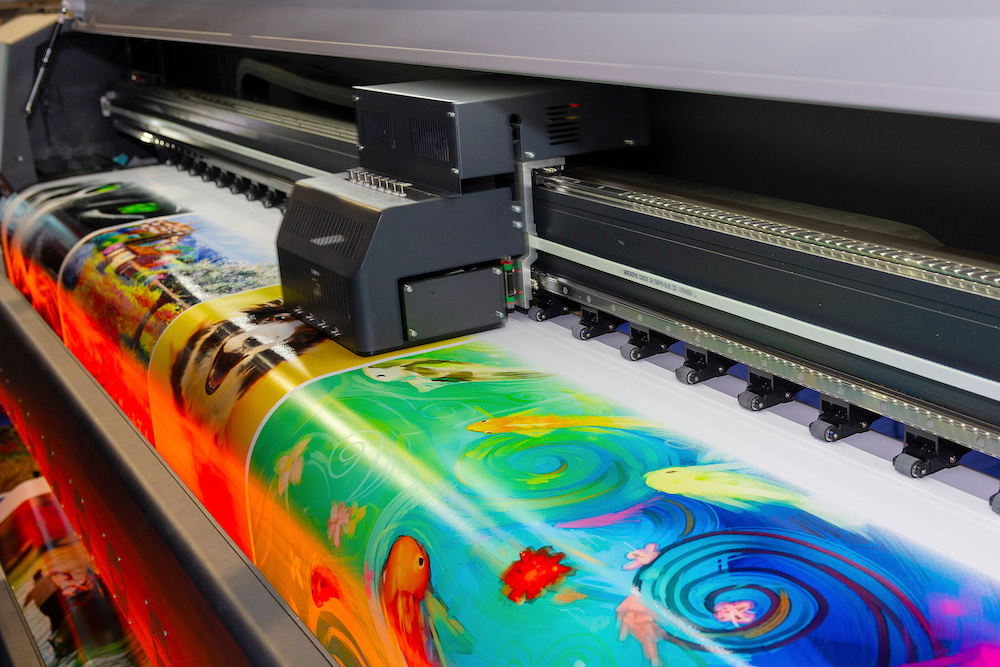What Does Digital Printing Mean?
What Does Digital Printing Mean?
Blog Article
Some Known Factual Statements About Digital Printing
Table of ContentsThe Best Guide To Digital PrintingDigital Printing Fundamentals ExplainedDigital Printing Things To Know Before You Get ThisThe Ultimate Guide To Digital PrintingThe Digital Printing StatementsDigital Printing Can Be Fun For AnyoneSome Known Facts About Digital Printing.Digital Printing Fundamentals Explained
Customization also allows organizations to stick out in a jampacked market by producing special advertising materials that separate them from their rivals. One of the main advantages of electronic printing is the ability to print variable data. Each published piece can be distinct, enabling companies to create tailored marketing materials that speak directly to their target audience.Digital printing likewise permits personalization in the style of advertising and marketing products. With electronic printing, businesses can develop styles that are unique and customized to their specific demands. This can include personalized graphics, font styles, and designs that can assist to separate them from their rivals. One more benefit of digital printing is the capacity to print on need.
Facts About Digital Printing Uncovered
By printing smaller sized quantities of advertising and marketing products, businesses can reduce waste and avoid the need for excess stock. Digital printing is likewise flexible.
By using various materials and formats, businesses can create unique advertising and marketing materials that stick out from their competitors and stand out from their target market. Digital printing also uses uniformity. With traditional printing approaches, there is usually variant in between prints as a result of distinctions in ink insurance coverage, stress, and various other aspects.
This uniformity can assist build customer trust fund and reliability, showing that the service is devoted to giving high-grade products. Consistency is particularly vital for services that wish to build consumer count on and reliability. By ensuring that every print corresponds, companies can reveal that they are devoted to providing high-quality products and paying focus to the information.
Digital Printing - An Overview

On top of that, digital printing generates much less waste since it can print as needed and in smaller sized quantities, minimizing the demand for excess stock and products. Digital printing likewise uses much less power compared to traditional printing approaches. Digital printers do not call for as much power to operate, as they do not need to warm up as much or utilize as much power to run.
3 Simple Techniques For Digital Printing

Offset printing requires a plate for each shade published. Standard balanced out printing is a print technique that makes use of aluminum plates to transfer ink onto a rubber sheet (often referred to More about the author as a "covering"). The photo is then rolled onto the printing surface area. This printing approach is taken into consideration "countered" since the ink is not transferred to the paper directly.
Getting The Digital Printing To Work
Balanced out printing enables for a wide variety of print materials to be utilized during production. The premium images produced through offset printing about his make it the recommended approach, especially among graphic designers, when seeking the biggest shade recreation, information, and professional-looking prints.
For electronic inkjet printing, ink is transferred directly onto the surface area. Rather than counting on aluminum plates and rubber coverings to move a photo, electronic printing uses fluid ink during production.
The 45-Second Trick For Digital Printing
Since balanced out printing can mix custom shade inks for each work, it will normally get the colors spot-on. Count on offset printing for tidy, distinctive kinds and pictures without streaks or spots.
It sets you back a great deal to start an offset job. You need to spend money into developing home plates, which takes some time. Nevertheless, once you have actually spent it, all of the products prepare to go, and you'll spend much less on big countered work than an electronic print, which is concerning the exact same per piece regardless of exactly how big the work obtains.
Digital printing is less expensive for low-volume work. The price per system goes down for electronic printing, so at some point, they crisscross. Altering info within a solitary print work.
Fascination About Digital Printing
While digital printing or inkjet printing is the preferred choice in the present times, there are compelling factors to convert from countered to electronic printing systems. Call Kao Collins concerning shade matching and customized formulations. When printing countered or digitally, crucial decisions and processes you could try here are involved in color matching. If it has a graphic overlay or consists of a tag, it will certainly have colors.
Industrial inkjet printing supplies adaptability for printing on lots of different substratums. Digital printing is suitable for clients who do not call for longer runs and warehousing materials.

One advantage of electronic printing is selecting from a large range of digital substrates. With balanced out printing, substratums compose, typically, 30% of the expense of the task. With electronic printing, the price of the substratum in the overall task is small. This permits even more selections than ever, and that benefits online marketers and organizations.
The Best Guide To Digital Printing
drop-on-demand is the second printing technology to consider. Continuous inkjet systems call for substantial upkeep, even more operator training, and higher downtime. Tools prices in inkjet printing are far lower than countered printing as there are no plate-making, plates, and press costs. Beyond the resources cost, the prepress equipment and printing machine need highly experienced drivers in balanced out printing, which adds labor prices.
Report this page